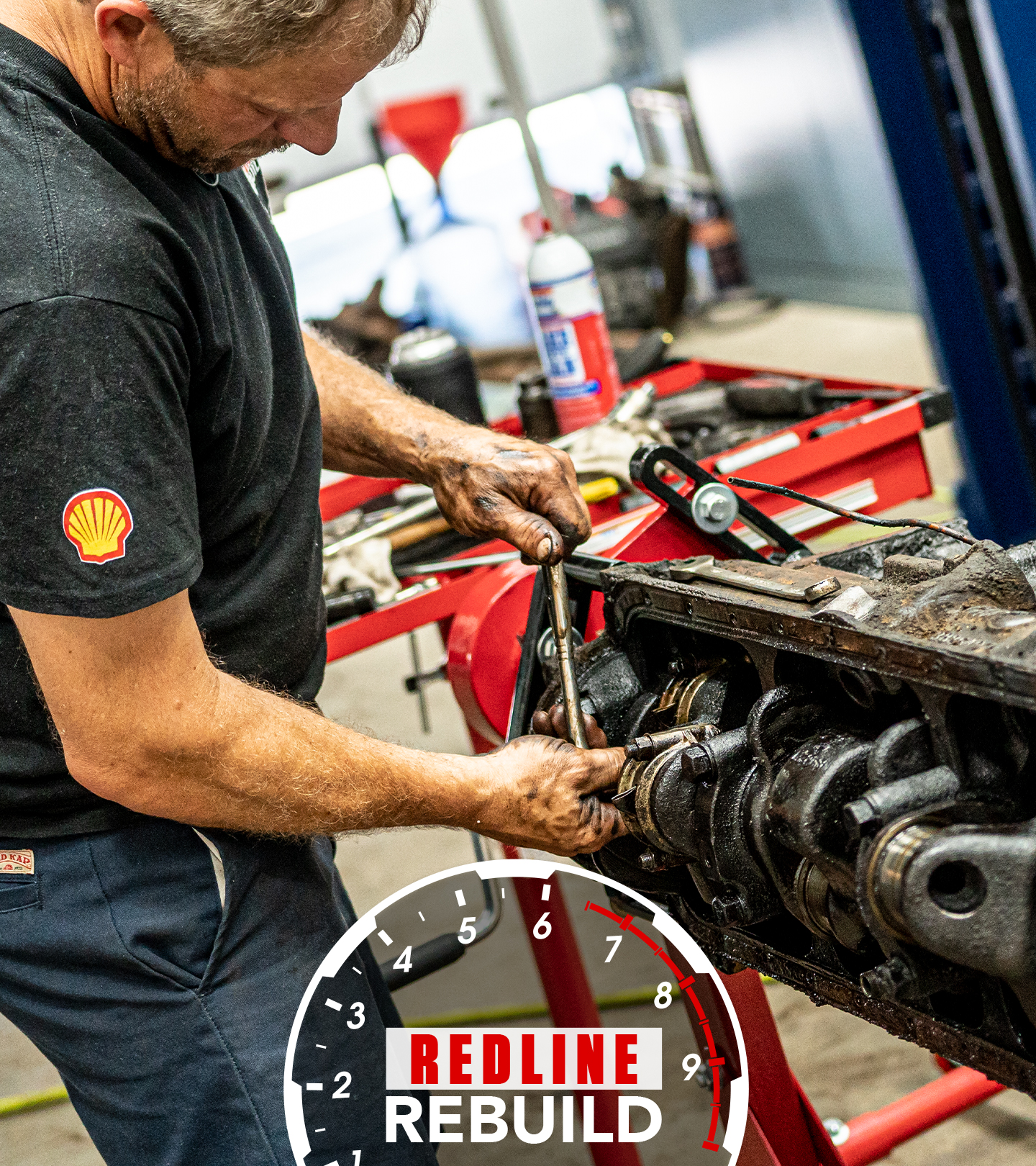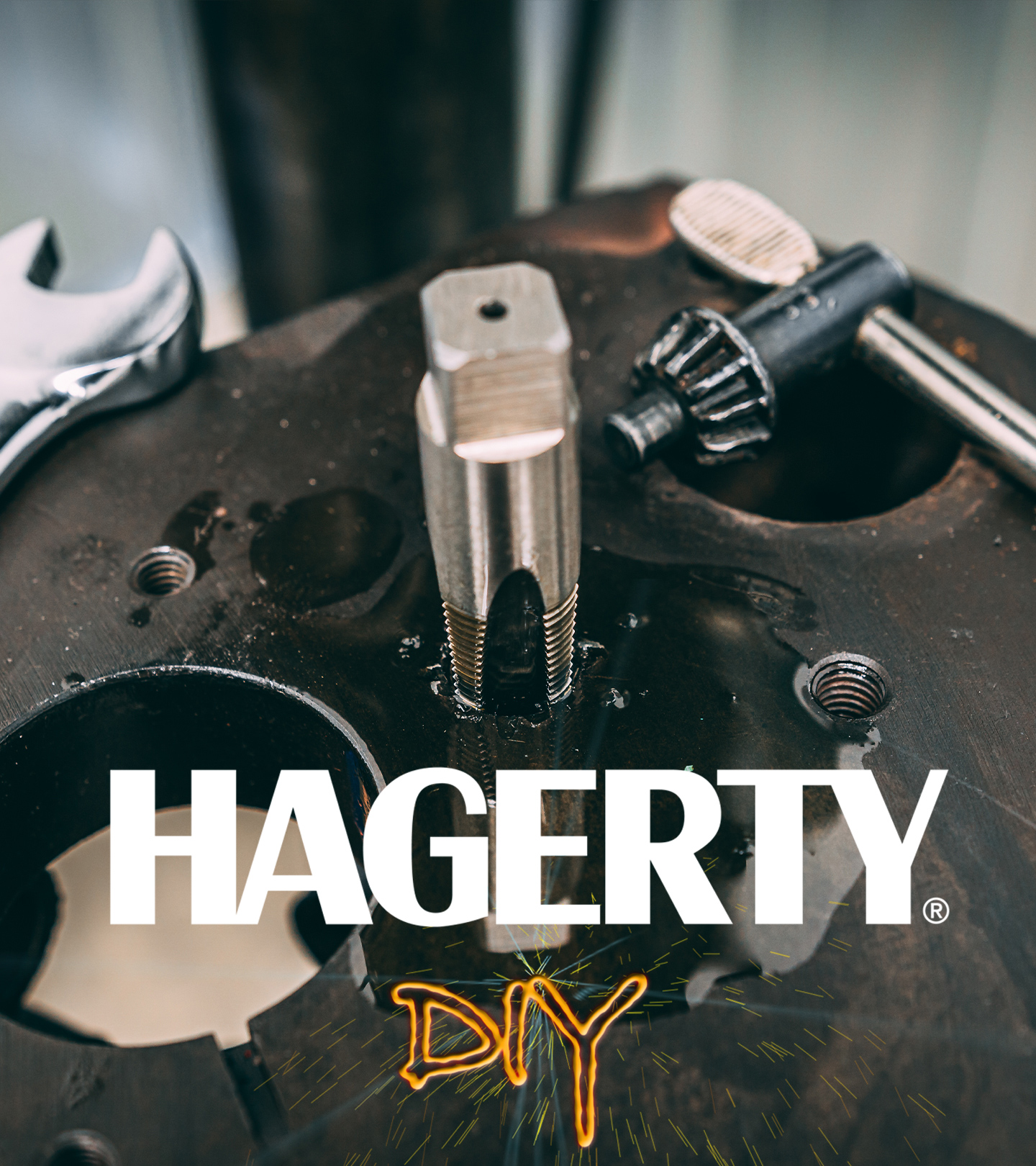Enjoy 1958 Willys Jeep stories, opinion, and features from across the car world - Hagerty Media
Tom Wilmer was relaxing in his Phoenix-area home one evening a few years ago when he had what has become one of the most dangerous thoughts of the 21st century: “I wonder what’s on Craigslist today…”
Paging through the local search results, Wilmer came upon a 1958 Willys Jeep wagon for sale. The truck was a basket case but Wilmer, who grew up bouncing around the backcountry in a series of old Jeeps, knew potential when he saw it. The rig for sale on Craigslist that evening instantly conjured memories of quail hunts in the Arizona highlands, fishing in the local streams, and riding along as his grandfather trailered the small family boat down to Mexico on family vacations in the early 1970s.
Wilmer did not have to ponder the listing for long. He made the call. Soon, he owned his latest stablemate in a corral of old Jeeps.
Formed in 1908 when John Willys took over Overland Automotive, Willys-Overland was, for a brief period in the early 20th century, the second-largest producer of automobiles in the United States. (It trailed only Ford.) In those early decades, Willys-Overland made all manner of passenger cars, but it was during World War II that Willys began production on the vehicles that would become synonymous with the brand’s name: the Jeep (a name the company patented in 1950).
20191223162329)
20191223162414)
20191223162345)
20191223162420)
In the years immediately following World War II, Willys-Overland adapted its military Jeep designs—namely the CJ-2A—for the civilian world, marketing the capable little vehicles to ranchers, farmers, and hunters. In 1946, Willys-Overland unveiled a station wagon model, designed by the legendary industrial designer Brooks Stevens and featuring the same engine and transmission as the CJ-2A. Two years later, the company gave the wagon a four-wheel-drive system, making it the granddaddy of all sport utility vehicles.
In 1953, Kaiser Motors merged with Willys-Overland but production of the Willys Jeep continued unabated. Known for their ruggedness and mountain-goat-like ability to go anywhere, Willys Jeeps also gained fame for their utter lack of creature comforts. In their original form, these Jeeps are slow, raw, and utterly indestructible.
As a young boy, Wilmer was steeped in the mystique of these workhorse Willys Jeeps. His grandfather owned three of them over the years, including a green and white 1964 model that featured a 327 Chevrolet V-8 engine swap and overdrive. This overdrive unit, when combined with the four-wheel-drive system and gearshift, necessitated a total of four stick shifts, a feature that fascinated a young Tom Wilmer.
“I just thought that was the coolest thing I’d ever seen,” recalls Wilmer.
20191223162408)
20191223162447)
20191223162454)
A self-taught mechanic, Wilmer got his start with wrenches in a time-honored fashion—by taking his own bicycle apart hoping he could improve its performance. Before long, he was wrenching on car engines, learning to weld, and building his own cars and sand rails. If you stop by Wilmer’s house these days, chances are you’ll find him out in the shop, tinkering with one of his many projects.
Among those works in progress are now three Willys Jeep wagons. This 1958 model, however, featured in this episode of Why I Drive, stands out for its blend of old-school ruggedness and modern upgrades. Given its rough condition when he bought it (old Jeeps are infamous as much for the questionable “upgrades” they’ve accumulated through the years as for the abuse they’ve endured over the same span), Wilmer had no compunction about tailoring the truck to his own needs and lifestyle. He’s made a point to retain the Jeep’s old-school charm while taking advantage of more modern technologies.
Earlier in 2019, Wilmer pulled the 350 Chevrolet engine that had powered the Jeep for years, replacing it with a 383 Chevrolet engine. A 350 block mated to a 400 crankshaft, the 383 provides a welcome increase in torque for off-roading. The truck also features front and rear differential lockers (sending equal power each wheel, regardless of traction) which, in tandem with some meaty tires and good suspension, make this truck capable of going just about anywhere Wilmer points it. At some juncture, in a nod to safety, Wilmer also installed a roll cage. Fuel injection and air-conditioning even make this Jeep efficient and comfortable on those highway stretches between rocks and dirt.
20191223162321)
Far from being a suburban bro-dozer, however, Wilmer’s Jeep is a frequent site in Arizona’s rugged outback, where Wilmer spends considerable time scouting for and participating in off-road rallies like the Copperstate Overland.
Asked about the most rewarding part of owning a vintage 4×4 like this, Wilmer smiles and says, simply, “Because it’s just cool.”
Such a pure adventurer deserves that kind of pure affection.










